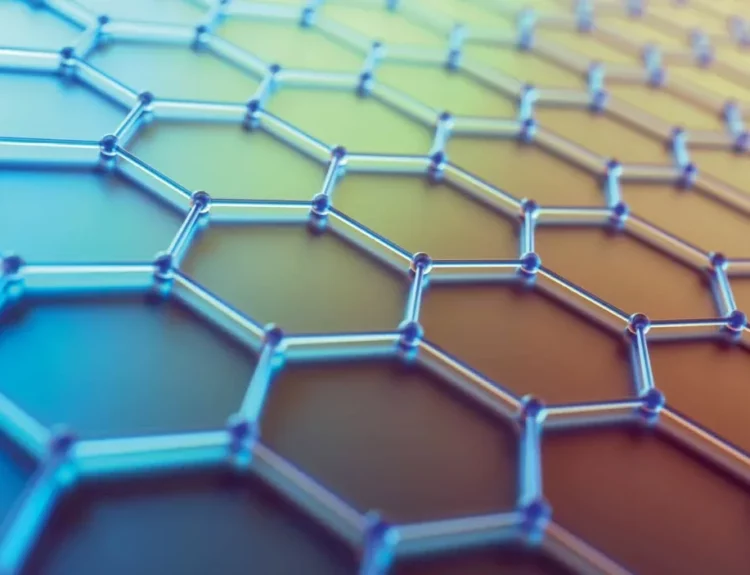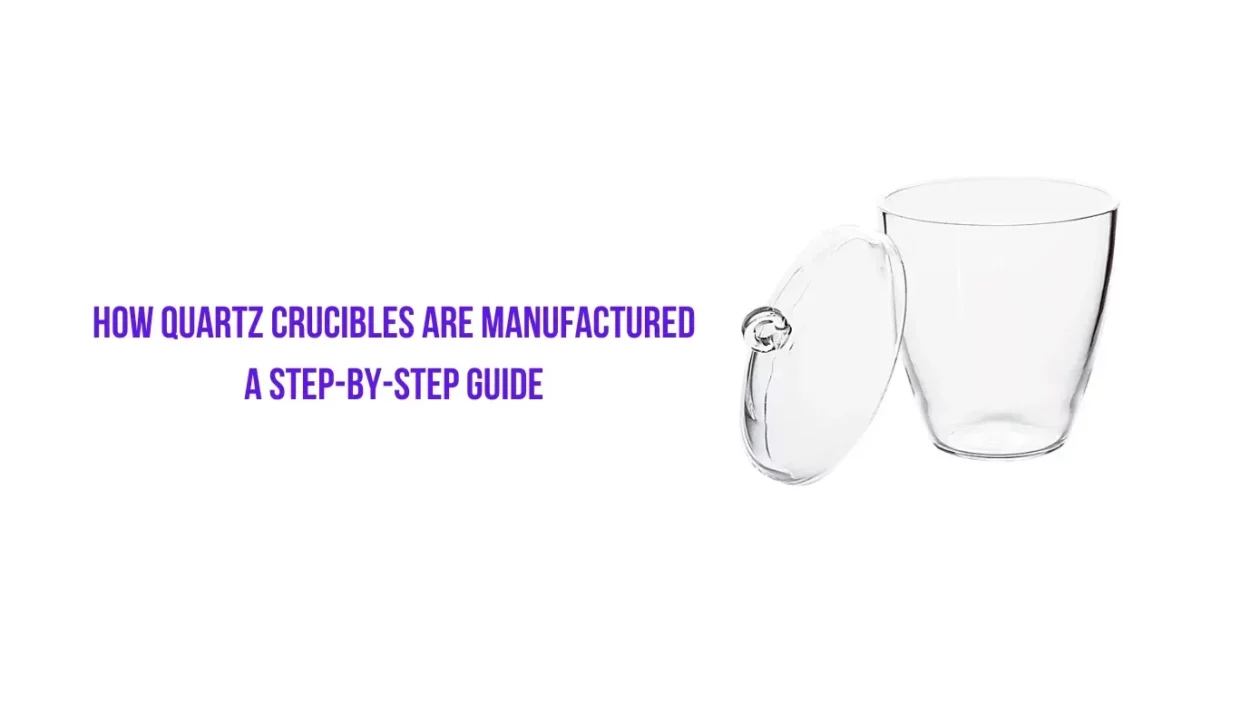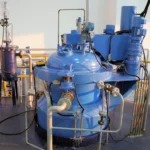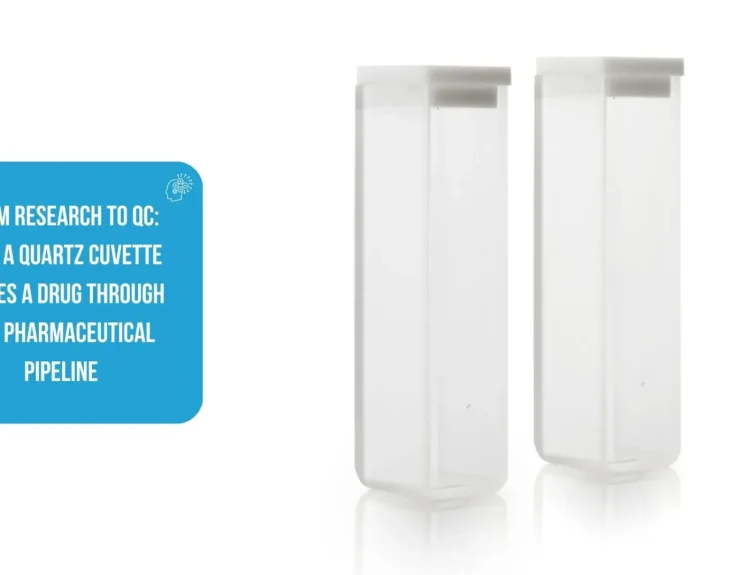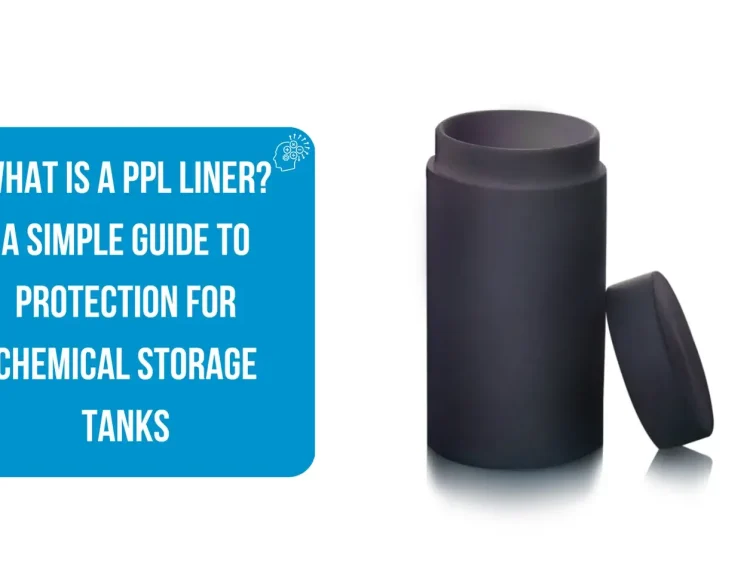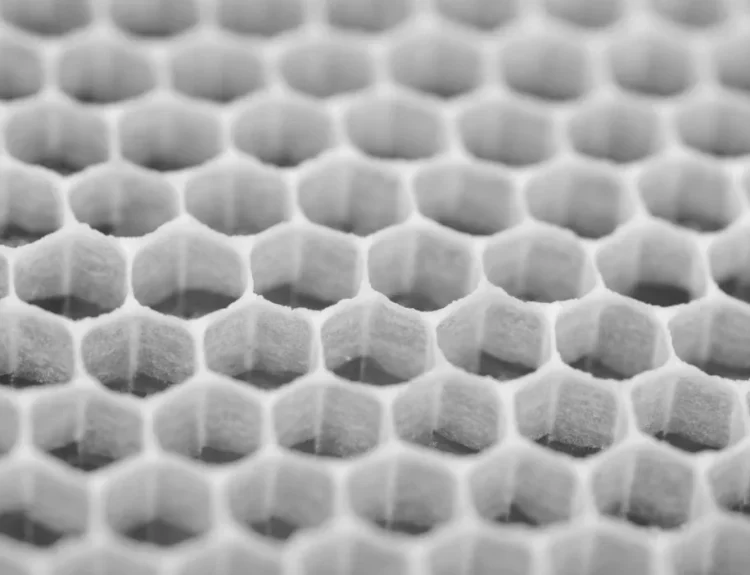Quartz crucibles are essential in various industries, especially in high-temperature and chemical-resistant applications. They are primarily made from high-purity quartz, which gives them excellent thermal stability and durability. Here’s an easy-to-understand guide on how these crucibles are manufactured:
Best Quartz Crucible Manufacturer
How Quartz Crucibles are Manufactured ?
Step 1: Selecting High-Purity Quartz
The manufacturing process begins with the selection of high-purity quartz sand. This raw material must be free from impurities like metals and other contaminants that could affect the crucible’s performance.
Step 2: Melting the Quartz
The quartz sand is heated in a furnace, often exceeding 1,700°C. At this temperature, the quartz melts and becomes malleable, making it easier to shape.
Step 3: Shaping the Crucible
Once the quartz reaches its molten state, it is carefully poured into molds that define the shape and size of the crucible. There are two common methods used:
- Rotational Molding: The molten quartz is placed in a rotating mold, and the material is evenly distributed to create a smooth, uniform crucible.
- Press Molding: Quartz is pressed into a mold using high pressure to achieve the desired shape.
Step 4: Cooling and Solidifying
After shaping, the crucibles are slowly cooled in a controlled environment. This gradual cooling process prevents cracks and ensures the crucible’s structural integrity.
Step 5: Machining and Finishing
Once the crucibles have solidified, they are inspected for imperfections. Any rough edges or surfaces are smoothed out through machining. This step ensures that the crucibles meet precise dimensions and specifications.
Step 6: Quality Inspection
Each crucible undergoes rigorous quality checks to ensure it meets the required purity, durability, and heat resistance standards. Crucibles that fail these checks are discarded or recycled.
Step 7: Packaging and Distribution
Finally, the finished quartz crucibles are carefully packaged to prevent damage during transportation. They are then shipped to laboratories, industries, and other end-users.
Benefits of Using Quartz Crucibles
- High Thermal Resistance: Quartz crucibles can withstand extreme temperatures without deforming or cracking.
- Chemical Stability: They resist reactions with most chemicals, making them ideal for laboratory experiments and industrial processes.
- Durability: Properly manufactured quartz crucibles have a long lifespan, even in demanding environments.
Conclusion
Manufacturing quartz crucibles is a meticulous process combining high-quality raw materials, advanced techniques, and strict quality controls. Understanding the steps involved in their production highlights the craftsmanship and precision behind these indispensable tools.
